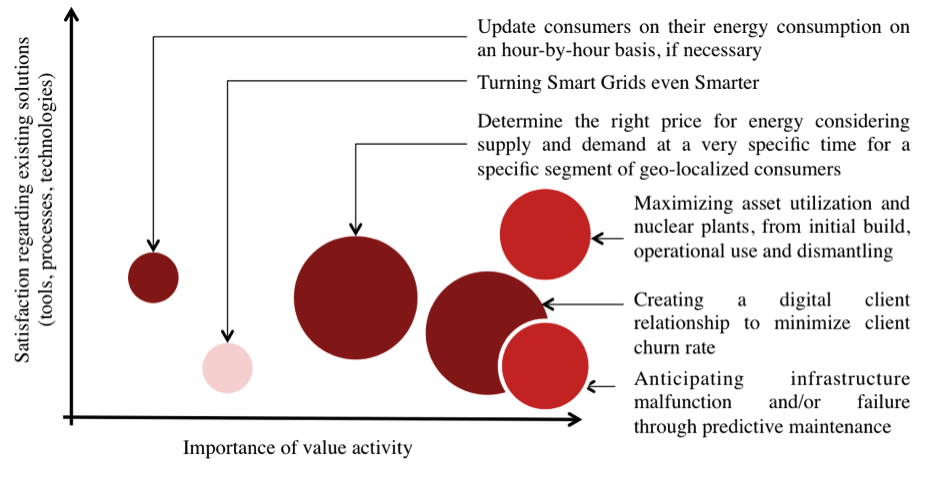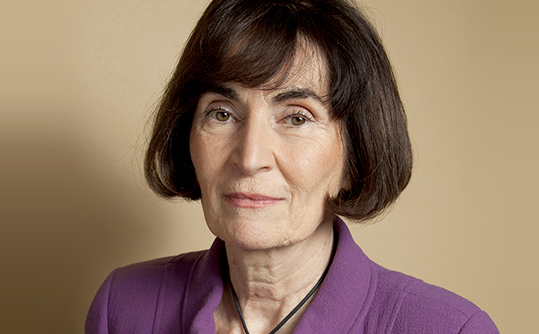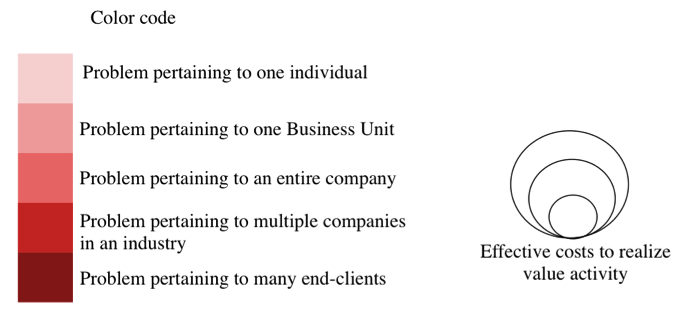What role can digital innovation play in the energy industry? How could it improve customer satisfaction and lower client churn rate? Could it play any role in optimizing asset utilization? These are some of the questions that Colette Lewiner, a worldwide Energy expert, Jean-Luc Pugnet, Total’s Account Managing Director at Fujitsu, and myself addressed in a follow-up conversation.
1/ Improved customer experience
First of all, digital transformation can improve the customer experience. Today, when customers, they still sometimes have to fill out paper forms to inform their energy supplier of changes. But in the future, digital transformations should simplify such changes as everything will be done online. This applies both to the business-to-business segments as well as the business-to-consumer segments. Getting most of the customer experience online will probably result in creating new energy services. For example, “Eneco’s offer combines green electricity with innovation. Customers get a free ‘energy box’ allowing them to track and control their consumption. By implementing these types of online offers, Utilities can improve their efficiency, in particular by simplifying their IT system, decreasing call center size, increasing client satisfaction, and decreasing client churn” (The European Energy Markets Observatory, p. 16)
Telecom companies digitalized part of their customer experience already. Energy companies still have a way to go to catch with telecom companies. Indeed, a survey conducted by Capgemini Consulting shows that although “70% of telecom companies have started using Big Data and analytics, only 52% of Utilities are doing so.” (The European Energy Markets Observatory, p. 73)
2/ Enhanced efficiency and maintenance
Second of all, digital transformation should help improve energy grid management. Positioning sensors on the grid contribute to the following benefits:
- anticipating malfunction and potential breakdowns,
- improving understanding of demand,
- improving maintenance.
Adding sensors to the electricity grid means that it will not only distribute electricity but data. This leads to business intelligence: energy consumption data can be communicating between the end user and distributors every half-hour. Let’s assume that, at a specific point in time, no electricity consumption is detected: perhaps this is due to malfunction? This can help identify potential default on the grid to ensure more targeted maintenance activities.
Also, adding sensors will help to understand how demand changes over time. Electricity prices are a function of supply and demand at a specific time. For example, in Europe during the summer season there is less energy demand than in winter. In the United States it is the contrary because of air conditioning, “Time of Use” tariffs give the right signal to trigger demand response. Consumers are encouraged to defer electricity consumption activities during demand peaks. One may have developed a habit of starting the washing machine at 7 PM. But this exerts pressure on the electricity grid at a very specific time in the day where there is strong demand. Time of Use pricing would probably lead consumers to start their washing machine later in the evening.
Broadly speaking, many Utilities are leveraging “Big Data and analytics from their smart sensors and meters to improve customer experience by gaining a better understanding of individual consumers, improving customer segmentation and creating effective customized offerings. This is the case for EDF, E.ON, Enel, Centrica and Eneco.” (The European Energy Markets Observatory, p. 83)
3/ Advanced Product Lifecycle Management and infrastructure dismantling
Finally, digital transformation can have a powerful impact on how we maintain existing infrastructure. Internet of Things (IoT) may provide precious data in order to improve Product Lifecycle Management (PLM). It’s always extremely important, especially for nuclear reactors, to have precise data pertaining to the facility construction, maintenance, operations and dismantling.
A number of nuclear sites may be dismantled in the next 30 years. Managing waste in the most secure and cost effective manner remains critical. Nuclear waste must be confined to nuclear waste facilities. Non-nuclear waste can be directed to more traditional waste management facilities. As consequence, a comprehensive understanding of the radiation history of each part of a nuclear plant is necessary to optimize dismantling and waste management. Data management remains critical.

To sum up, digital innovation can bring 3 benefits in the energy industry:
- Improved customer experience.
- Enhanced efficiency and maintenance.
- Advanced Product Lifecycle Management and infrastructure dismantling.


[…] post Digital innovation can bring 3 benefits to the energy industry, according to Colette Lewiner appeared first on The Innovation and Strategy […]
[…] advisor to Capgemini’s CEO and a member of EDF’s board, Colette Lewiner told me about Eneco’s novel services combines green electricity with innovation. Customers get a […]
[…] visuelle notamment de sites industriels. J’en ai d’ailleurs parlé beaucoup avec Madame Colette Lewiner, membre du conseil d’administration […]